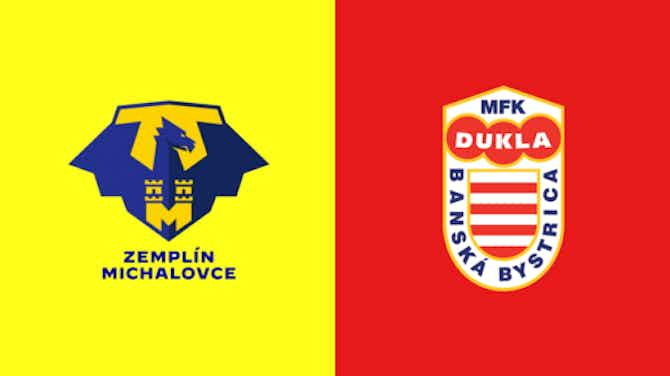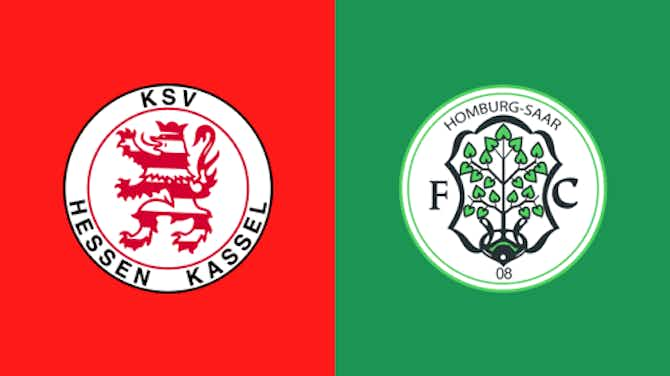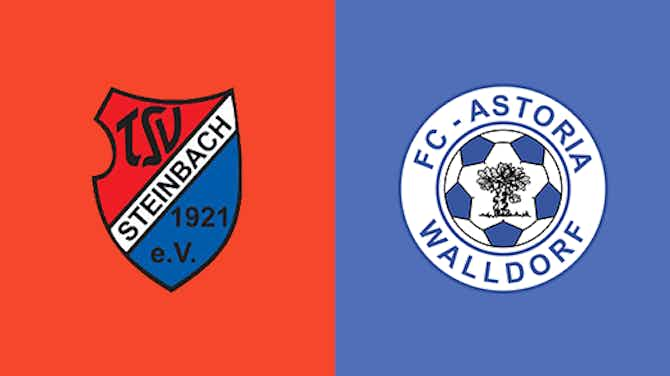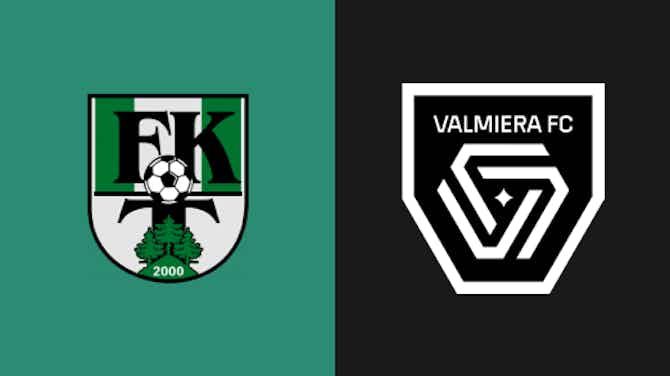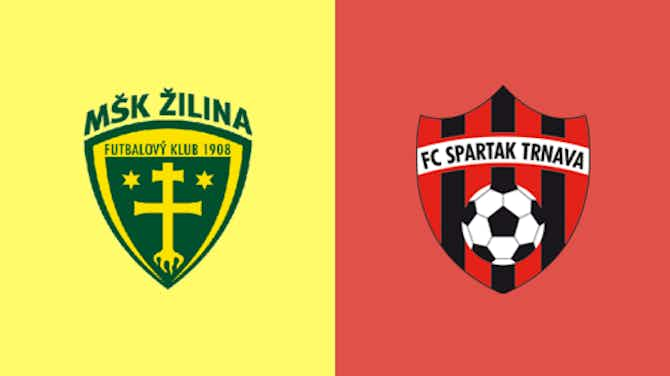EPL Analysis
·30 November 2020
Premier League 2020/21: Brighton & Hove Albion vs Liverpool – tactical analysis

EPL Analysis
·30 November 2020

A VARy frustrating draw came to an end at the Amex Stadium on Saturday as the early kick off was full of incidents: two disallowed goals, two spot-kicks – one of which was missed, and three muscle injuries. Jurgen Klopp’s team were stretched to their limit in this 1-1 draw. Liverpool started the game with energy but did not create many chances, with six shots and only two on target. Brighton & Hove Albion worked themselves into the game and found easy ways around the opposition’s makeshift defence. Brighton looked like the better side in the first half. In the second half, after introducing Jordan Henderson, his presence on the field uplifted his team, and they became better in possession, in the press and in terms of intensity. Pascal Gross’ 93rd minute penalty rescued a deserved draw for Brighton. It was the second penalty Brighton got in the game after Neal Maupay fired the first one wide. A draw would be a fair result given both teams’ performances, but Liverpool will not be too happy about it.
This tactical analysis will look at the tactics used by both sides in the game, with Brighton being the better side in the first half and Liverpool looking much better after Henderson was brought on. This analysis will also look at how Brighton did not allow Liverpool to create many chances.

Graham Potter opted for his usual 3-4-2-1 formation in which Mat Ryan remained in goal. The back three of Ben White, Lewis Dunk, and Adam Webster remained unchanged. Joel Veltman made his return to the starting line-up replace former Chelsea player Tariq Lamptey and started at the right wing-back position. Aaron Connolly was recalled in place of Adam Lallana, who was not fully fit to start the match and he led the attack for the Seagulls.
Liverpool started in their preferred 4-3-3 formation with Alisson Becker in goal. There were two changes made in the back four. Neco Williams replaced James Milner at the right-back position and Nathaniel Phillips came in for Joel Matip at centre-back pairing up with Fabinho. Milner moved into midfield, partnering Georginio Wijnaldum and Takumi Minamino, who replaced Curtis Jones in the starting line-up. Sadio Mane was dropped to the bench as Mohamed Salah was available again.

In possession of the ball, Brighton played more in a 3-4-1-2 formation in which Welbeck would push high and play alongside Connolly in between the Liverpool defenders. They would normally operate between the full-back and centre-back. Meanwhile, Maupay operated between the lines usually found roaming around Wijnaldum.

During build-up play, Brighton formed an asymmetrical back four in which Ryan would act as a sweeper, Dunk would remain next to him and the other two centre-backs would act as supporting full-backs. This allowed March and Veltman to push higher and provide width. To stop both these players, Liverpool pushed the full-backs higher to close them down but left their centre-backs in 1 v 1 situation at the back.

Thus Brighton used Ryan to play over Liverpool’s press, which forced Williams to confront March, and Robertson had to take care of Veltman. The Seagulls struggled to create chances like this as March and Veltman rarely had time on the ball to pick out good passes to the forwards running in behind. But Brighton had more success when they tried to play long aerial passes in behind Liverpool’s back line for their forward to chase. We will see later how this tactic worked out well for Brighton.
The important components of Brighton’s hard-fought draw against Liverpool were their defensive actions and pressing tactics. Brighton allowed Liverpool to keep the ball and had no intention of pressing them intensely. Throughout the match, Brighton remained compact and very organised as they knew about the pace and attacking proficiency of the Liverpool attackers.

Graham Potter had set up his team in a 3-4-2-1 formation, but while defending they would change their shape to a 5-2-1-2/3-4-1-2 in which Neal Maupay would mark Wijnaldum who was playing a single pivot in front of the Liverpool defence line. Danny Welbeck and Connolly would stay forward and wide, ready to counterattack against the opposition centre-backs. Yves Bissouma and Pascal Gross stuck with Milner and Minamino and the wing-backs pushed high to close down the opposition full-backs. While the only weakness to this approach was that it left their centre-backs up against Liverpool’s three attackers and there would be no spare man to cover any gaps that opened up.

Brighton allowed Liverpool to rotate the ball at the back and did not put too much pressure on the defenders, instead they focused on blocking passing lanes. In midfield, Brighton followed a position-oriented man-marking scheme, thus Liverpool could not find space within the block. Their goal was to keep the gaps and space between the lines as small as possible. In the absence of Trent Alexander-Arnold, Liverpool’s chance for ball progression was limited, and they depended on Robertson, but Veltman was ready to pounce on him when he received the ball. Therefore, Liverpool had to resort to other ways to progress the ball further.

Many times, Firmino would drop off into the middle third to help in the build-up play like you can see in the above picture. This would force an opposition centre-back to follow him or hold their position and give Firmino space in the centre.

In the first half, Brighton went toe to toe with Liverpool and upset them when they tried to play out from the back by marking everyone except Phillips.
Only one of the four defenders who played against Brighton was part of the regular set-up. Thus, the defence line was poorly organized. Neither of the centre-backs were fast, so they were not ideal to play a high defensive line and both had their own way of dealing with it.

Fabinho would try to hold the defence line but Phillips, who is naturally a centre-back would drop off to give himself a better chance to deal with the pacy Brighton attackers. As you can see in the above picture, Phillips drops off and plays Connolly(No. 7) and Welbeck (No. 9) onside whereas Fabinho is square and not in a situation to turn quickly. Therefore, Brighton forwards were able to make runs in behind Fabinho and still be onside. Liverpool had to depend on Alisson, who would rush out and sweep any balls behind the defence line to stop Brighton attacks from getting clear through.
Phillips is not exactly the right person to guide Williams throughout the match. The young Welshman was caught in a vicious circle as he lacked confidence and needed game time to get used to such a high level of football. He made quite a few mistakes because of his inexperience that only knocked him back further.

As you can see in the above picture, Williams gets caught out of position and remained static as Gross plays a first time pass over the defence line and Connolly runs in behind, but Alisson gets there in time to clear the danger.

As you can see here, Connolly dropped to the centre circle and dragged Fabinho out of the defence line. He turns and plays a through ball down the middle in Leandro Trossard’s path. As discussed earlier, Phillips dropped off again to catch up with Trossard. He allowed Trossard to get on the ball and gave him time to cut inside and take a shot at goal.
We will now have a look at the tactical changes made by both team managers at half time.

Williams was substituted at half time, replaced by Henderson. Milner moved to the right full-back position while Wijnaldum moved forward and played as a no “8” as Henderson played as a single pivot in front of his centre-backs.

In the second half, Brighton switched to a 4-4-1-1 shape with Trossard tucking into midfield while Welbeck played behind Connolly in attack. They defended with two banks of four in a low block. The Brighton defensive block started to drop off a lot rather than pressing the opposition. Brighton had their own spells of possession and they could play around the Liverpool defence and work the ball forward.

In the second half, Liverpool looked livelier and we could definitely sense of greater urgency in their play. They pressed with more intensity, hence not allowing Brighton much time and space with the ball, and we could notice more zip to their passing after the introduction of club captain, Henderson.

Right before the hour mark, Liverpool got the breakthrough and made it 0-1. Robertson carried the ball down the left flank and played it to Salah, who played a first time pass to Jota. The Portuguese international feinted past a defender, took another touch and smashed a low shot into the left-hand corner. It gave us the clarity of his movement and tells us he is a kind of forward who is always in space or moving towards it.
The point earned through this draw was enough to reinstall Liverpool at the top of the table, but by only one point and not three. In the first half, the seams of this make-do-and-mend Liverpool team were clearly visible as four of their first-choice midfielders and defenders were absent. However, Brighton was bold in their attacking play and fully deserved a point. Defensively, they were brilliant as they upset Liverpool’s attempts to play the ball out from the back. This dramatic point earned through a 93rd-minute penalty for Brighton will take them to ten points and two places outside the relegation zone in the Premier League table.






